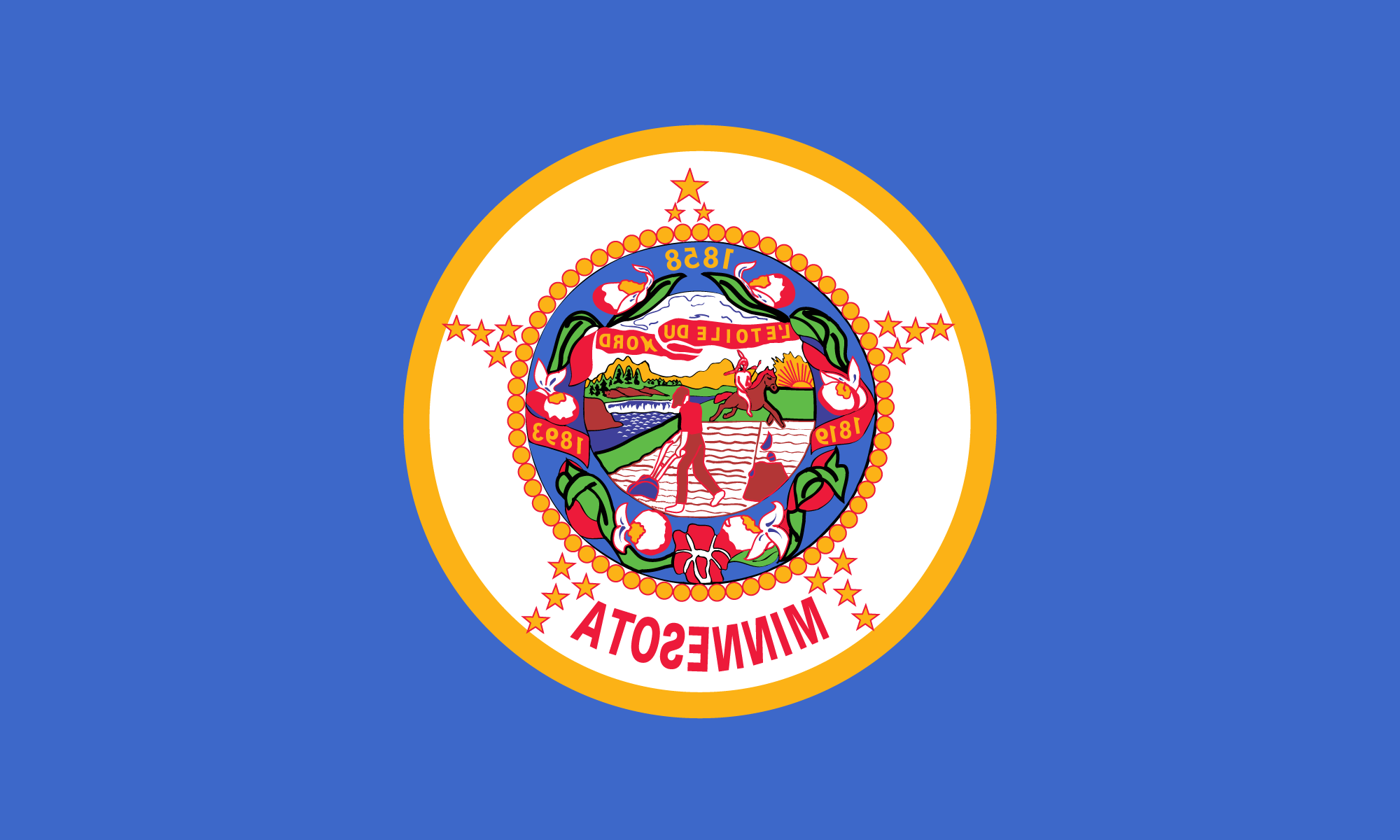By Jeffrey A. Hess
Minnesota History Magazine
When Minnesota became a territory in 1849, its lawmakers picked a committee to design a territorial seal. The committee chose a design that showed an Indian family offering a peace pipe to a white settler. But the territorial legislature did not approve this design. Many of the lawmakers believed that there would never be peace in Minnesota until all the Indians had moved westward out of the territory. Since the legislators could not agree on a design, they left the decision to Governor Alexander Ramsey and Henry H. Sibley, Minnesota’s delegate to Congress. Sibley suggested using a picture drawn by Captain Seth Eastman, an artist and commanding officer at Fort Snelling. This design was accepted by the legislature and became the seal of the Minnesota Territory. Eastman’s picture shows a white settler plowing a field beside the Mississippi River near the Falls of St. Anthony. His axe and gun rest on a tree stump in the foreground. In the background an Indian on horseback, spear in hand, gallops away into the sunset […] Then during the 1960’s, some people began to question whether it was a good state symbol. Citizens are supposed to be proud of their state’s symbols. But how could Minnesota Indians be proud of a seal that seemed to say they were not wanted in their own state. In 1968 the Minnesota Human Rights Commission asked the state government to design a new seal that all Minnesotans could be proud of.
